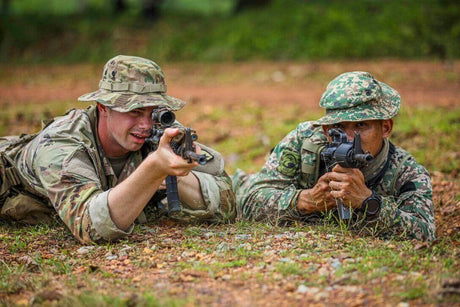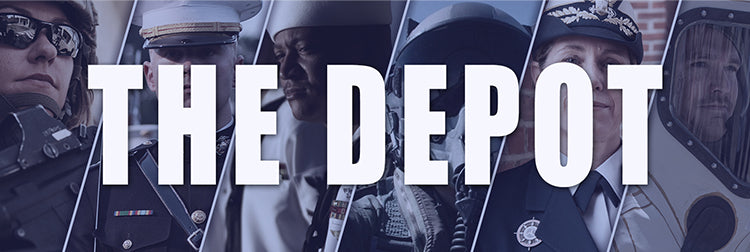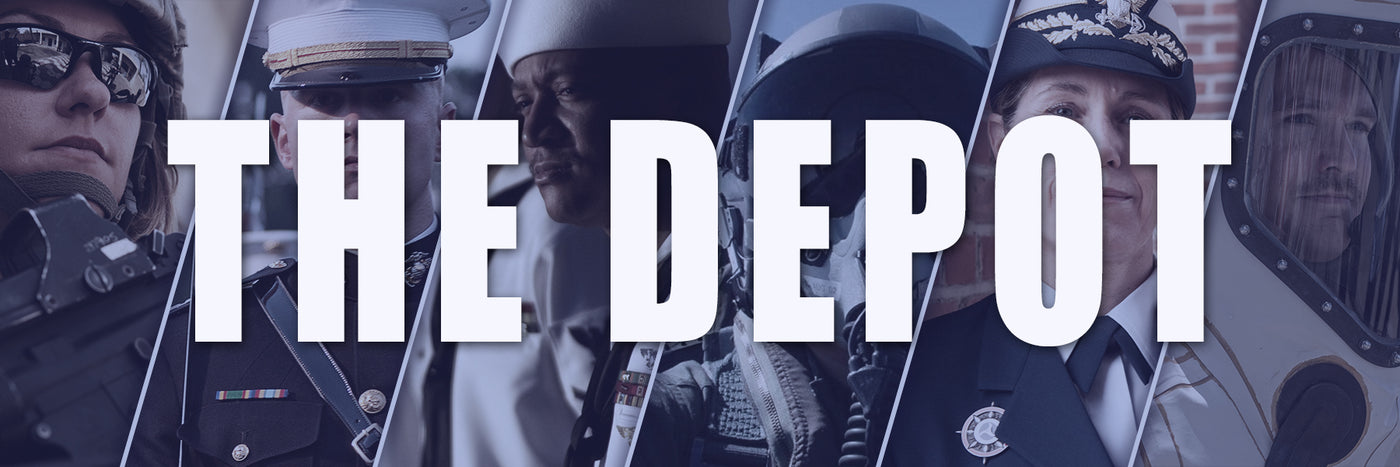
The History Of Boonie Hats In The U.S. Military
Simply put, boonie hats (the most common spelling) or “booney” hats are a military hat with a wide brim used by military forces in hot climates. They tend to replace the standard patrol...
Blog Staff |
ARMED FORCES SUPER STORE 1-877-653-9577 | 8 - 7 CST MON-FRI



Simply put, boonie hats (the most common spelling) or “booney” hats are a military hat with a wide brim used by military forces in hot climates. They tend to replace the standard patrol...
Blog Staff |

Hats, covers, lids; whatever you want to call them, head gear has been a part of military uniforms in the American military since the Continental Army was formed. Over the...
Blog Staff |